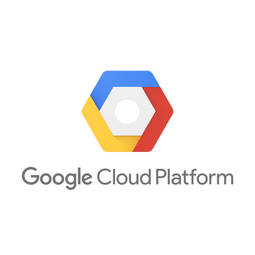Download PDF
Display leads increase 10% while cost per lead remains flat thanks to Data-Driven Attribution
Technology Category
- Analytics & Modeling - Predictive Analytics
Applicable Industries
- Telecommunications
Applicable Functions
- Sales & Marketing
Use Cases
- Demand Planning & Forecasting
Services
- Data Science Services
The Challenge
A large telecommunications firm that uses digital advertising to increase brand awareness and drive sales sought to understand how display advertising, in combination with other channels, was helping to drive leads among small and medium-sized business customers. A heavy internet advertiser, the firm turned to Google Analytics Premium and MaassMedia to leverage advanced Data-Driven Attribution modeling. In taking this approach, it aimed to measure the impact of display touch points on lead generation and to make better decisions around budget allocation and optimization. The marketing division wanted to expand its reach into new customer bases. Display offered a significant new source of inventory, but it had traditionally been difficult to measure its impact on lead generation. Purely click-based metrics suggested that display was not providing enough return on ad spend. At the same time, view-through metrics did not take into account how display worked with other channels, such as paid search, affiliates and email. The team wanted an approach that would properly credit display touch points throughout the customer journey.
About The Customer
The customer is a large telecommunications company that uses digital advertising to increase brand awareness and drive sales. The company's B2B marketing division is responsible for driving leads among small and medium-sized business customers. The company is a heavy internet advertiser and uses various marketing channels including paid search, email, and display advertising. The company wanted to expand its reach into new customer bases and saw display advertising as a significant new source of inventory. However, it had traditionally been difficult for the company to measure the impact of display advertising on lead generation.
The Solution
Once the data was all in one place, the team worked with Google to leverage a custom Data-Driven Attribution model. The model, built and refreshed on an ongoing basis, calculated the impact of each touch point on the probability of conversion. The model distinguishes how the presence of display impressions and other touch points in the path impact the likelihood of a customer filling out a lead form expressing interest in services. With this new basis for attribution, revised costper-lead (CPL) metrics were calculated for every aspect of the display campaigns. The marketing team compared the CPLs based on existing last-clickthrough models to the new attributed CPL numbers, and uncovered specific networks, placements, and creatives that showed dramatic differences in valuation. In some cases, certain placements were credited with 58% more leads than under the previous last-click model.
Operational Impact
Quantitative Benefit
Related Case Studies.

Case Study
Vodafone Hosted On AWS
Vodafone found that traffic for the applications peak during the four-month period when the international cricket season is at its height in Australia. During the 2011/2012 cricket season, 700,000 consumers downloaded the Cricket Live Australia application. Vodafone needed to be able to meet customer demand, but didn’t want to invest in additional resources that would be underutilized during cricket’s off-season.

Case Study
SKT, Construction of Smart Office Environment
SK T-Tower is the headquarters of SK Telecom. Inside the building, different types of mobile devices, such as laptops, smartphones and tablets, are in use, and with the increase in WLAN traffic and the use of quality multimedia data, the volume of wireless data sees an explosive growth. Users want limitless Internet access in various places in addition to designated areas.









